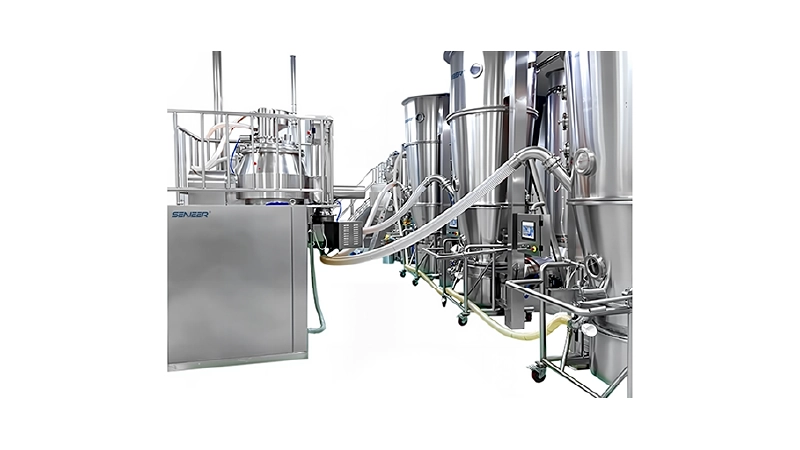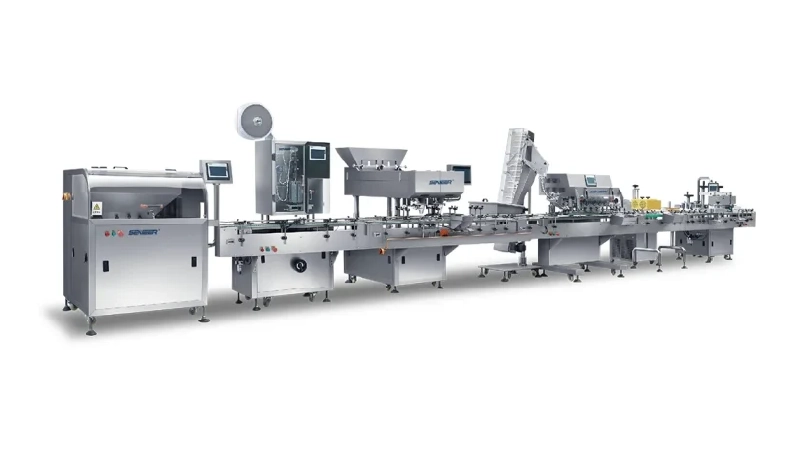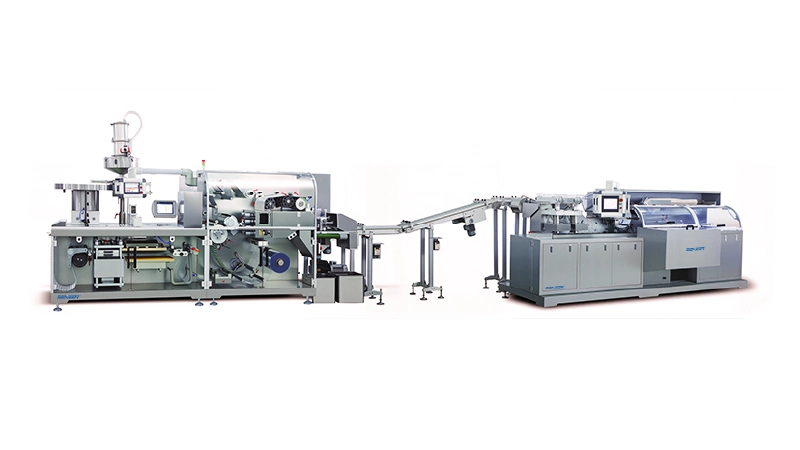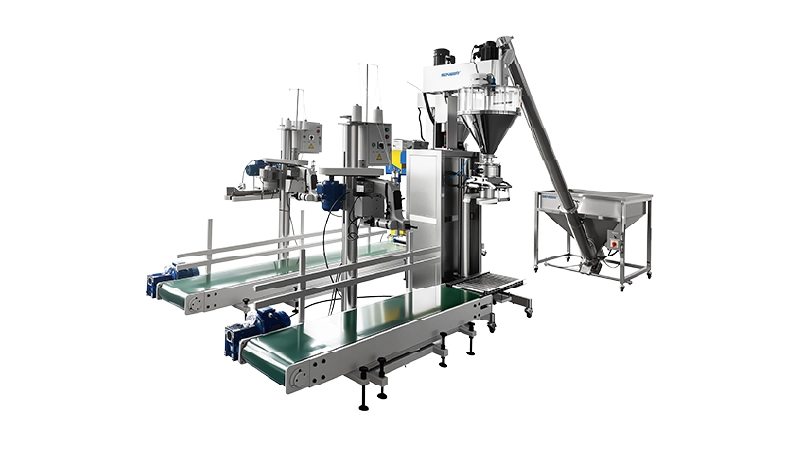In recent years, the safety, stability and functionality of pharmaceutical excipients for oral solid dosage forms have received unprecedented attention. No matter the time, price is always our concern. But the most important thing besides considering the price factor is to ensure the quality of pharmaceutical excipients.
Therefore, taking lactose, cellulose derivatives, phosphate, and mannitol as examples, the author analyzes the characteristics of mainstream solid preparation filling and binders from the aspects of economical and technical evaluation, in order to provide guidance for the screening of pharmaceutical excipients in oral solid preparations. Provide a scientific basis.

1 Economic Evaluation
In order to understand the preferences for different excipients, it is necessary to understand their price range.
1.1 Factors Affecting Price
①The level of accessories
②Quality specification
③ Quantity
④Region and time
⑤Shortage of raw materials, sudden changes in demand and occurrence of political events
1.2 Affecting Price Usage Habits
In the past, the most important requirement for fillers was economic cost, and they were not considered as functional excipients. If it is acceptable from a toxicological point of view, it will be used. Therefore, most usage habits in the field of oral solid dosage forms are derived from this tradition. The strict regulatory threshold in the field of preparations also indirectly helps to maintain these usage habits, and delays innovation and change.
1.2 Production Process
The price difference can be deduced from the complexity of the production process.
The production of mannitol is more complicated. It can be obtained by hydrogenating fructose, which is more expensive than glucose. The product of this step hydrogenation reaction is about 50% sorbitol and 50% mannitol, and then the mixture needs to be separated and purified. Another method of production is through the hydrogenation of mannose, which is obtained by enzymatic isomerization of glucose. These complex and low-yield processes may explain why in Europe, the price of mannitol is about three times that of sorbitol (6-18 EUR/kg).
At the same time, the yield of mannitol is also far less than that of sorbitol. Solid mannitol can be obtained by crystallization or spray drying. Crystallization is less costly, but its product is not suitable for direct compression process. To improve compression molding properties, mannitol must be granulated or spray-dried after crystallization. Either way adds to its cost.
In addition, although the “Chinese Pharmacopoeia” only indicates the D-type stereoisomer form of mannitol, in fact, D-type mannitol will appear in 4 different crystal forms (α, β, γ, δ). Among them, β-mannitol is the most stable and common crystal form; and for solid δ-mannitol, there is only one commercial excipient product in the world.
Although the two crystal forms can be considered as the same substance from a regulatory point of view, in the wet granulation process, delta-mannitol can show obvious advantages in several aspects. Commercially available spray-dried mannitol has two different crystal forms, α and β.
The following table shows the prices of several accessories:
| Accessories | Price | Craft |
| lactose | European market usually 1~4 euros/kg | Precipitated from whey by evaporation and then recrystallized |
| microcrystalline cellulose | European market is usually 2~11 euros/kg | Delicate in wood pulp or cotton |
| Calcium hydrogen phosphate dihydrate | The European market is usually 3~26 euros/kg | Pharmaceutical grade sourced as phosphoric acid and calcium salts, then recrystallized |
| Sorbitol | European market is usually 2~6 euros/kg | Hydrogenation of glucose to obtain |
2 Technical Evaluation
According to the excipient screening principles generally accepted by the pharmaceutical industry, ideal excipients need to have both the following physical and chemical properties:
(1) Safety: physiological inertia and high physiological tolerance;
(2) Compatibility: chemical inertness (no reaction with other excipients and main ingredients);
(3) Low hygroscopicity and low water content;
(4) Excellent compressibility and low friability (especially for direct compression);
(5) Good taste and mouthfeel (especially for solid preparations that disintegrate in the oral cavity, such as chewable tablets, sublingual tablets, orally disintegrating tablets, lozenges, etc.).
2.1 Security
The adverse reactions of many excipients have been confirmed by research. Lactose currently has several limitations, namely genetic and acquired lactose-decomposing enzyme deficiency, lactose intolerance, derived from fructose intolerance and residual traces of bovine-derived substances (protein ) who carry the risk of transmissible spongiform encephalopathy virus.
The most important of these is related to lactose intolerance. The prevalence rates by region are as follows:
| area | Proportion |
| South America | 50% |
| Africa | 50% |
| Parts Of Asia | 100% |
| Scandinavia | 2% |
| Sicily | 70% |
| USA | 15% White, 53% Latino, and 80% African American |
| Australia | 6% |
Overall, 2/3 of the world’s total population suffers from lactose intolerance to varying degrees. Lactose is traditionally found in pharmaceutical preparations, but there is a current trend of using substitutes. Even if the dose in the tablet is sometimes insufficient to provoke an adverse reaction, the “nocebo effect” cannot be ignored: patients who are aware of lactose intolerance will be positively stimulated by the “lactose-free” product claim.
Inherited and acquired deficiencies in the enzyme lactase may cause pain, flatulence, constipation, diarrhea, abdominal cramps and, in some cases, headaches and psychiatric problems. Its minimum curative dose is highly variable from individual to individual, and may even be induced by the dose in a single tablet. The deficiency is widely distributed globally, but also shows regional differences.
Symptoms of fructose intolerance are very similar to lactose intolerance. The cause of this symptom is malabsorption of fructose in the intestine caused by low expression of transporter enzymes. It is estimated that about 30% of Westerners and 10% of Asians suffer from the disease. This problem also applies to sorbitol, which is biotransformed into fructose in the body.
Since humans consume 11 to 54 g of fructose per day in a normal diet, the impact of this malabsorption on the formulation is less urgent than lactose intolerance. In addition, studies have shown that sorbitol can cause non-specific laxative problems, but the minimum dose required to cause this problem needs to reach 50g.
In addition, lactose will leave traces of bovine-derived substances (proteins) in production, so it theoretically carries the risk of transmissible spongiform encephalopathy virus.

Table 1 shows a comparison of the European Committee’s risk classifications for fructose, lactose, sorbitol, and mannitol. It can be seen that a warning label is recommended for preparations containing more than 0 g of fructose, lactose and sorbitol, but not required for preparations containing less than 10 g of mannitol. Meanwhile, the unidentified possible laxative effect of mannitol can be considered as a minor adverse effect.
Table1 Recommended Warning Labels For Pharmaceutical Formulations Containing One Of Listed Sugar Alcohol Excipients
| Accessories | Route Of Administration | Minimum Risk Dose/g | Recommended Warning Labels |
| Fructose | Oral, Injection | 0 | Patients With Hereditary Fructose Intolerance Should Not Take This Medicine |
| Lactose | Oral | 0 | Patients With Hereditary Galactose Intolerance, Lactase Deficiency And Glucose-Galactose Malabsorption Should Not Take This Medicine |
| Sorbitol | Oral, Injection | 0 | Patients With Hereditary Fructose Intolerance Should Not Take This Medicine |
| Mannitol | Oral | 10 | May Cause Diarrhea |
2.2 Compatibility
Another criterion for selecting an excipient is its compatibility with the main drug. This factor needs to be investigated before formulation design. Among the many reactions that cause the instability of the main drug, hydrolysis, oxidation and Maillard reactions are the most common. The Maillard reaction of reducing sugars and amines leads to dark by-products and degradation of the main drug containing the amine group.
Maillard reaction is very likely to occur in large quantities in prescriptions containing reducing sugars such as lactose, which is also a major defect of this type of excipient. Glucose, fructose and sucrose are also reducing sugars. Maillard reactions usually occur between reducing sugars and primary or secondary amines.
Of course, lactose has also been reported to react with principal drugs that do not contain primary or secondary amine groups. Theoretically, pure polyol substances such as sorbitol and mannitol will not undergo Maillard reaction, but since reducing sugar is the raw material for producing polyol, there will be residual reducing sugar that causes Maillard reaction in polyol products Impurities.
Therefore, the pharmacopoeias of various countries in the world have mandatory requirements for the limit of reducing sugar impurities in polyols, generally 0.2% to 0.3%, which also reflects the average level of residual reducing sugars in commercially available polyols.
However, in some cases, such reducing sugar levels have affected the stability of the main drug and the appearance of the solid preparation after storage. Of course, mannitol is also available in the market with very low levels of reducing sugars to address this issue. In order to avoid the oxidation reaction of the main drug, the use of oxidizing substances in the preparation should also be avoided as much as possible. Such materials include peroxides and fumed metal oxides.
Organic peroxides are found in polyethylene glycol, povidone, and crospovidone. Peroxides are more active than hydrogen peroxide and may cause formulation instability even if the content is below the limits prescribed by the Pharmacopoeia. Povidone and its derivatives are used as binders or disintegrants in many solid dosage forms, and they have been reported to be incompatible with many APIs.
Lactose also contains impurities that may cause incompatibility with the main drug, such as various aldehydes, lactose phosphates, organic acids, nitrites and nitrates. The relevance of nitrite and nitrate, which typically remain in the human gastrointestinal tract due to food ingestion, is debated, but they do pose a threat to the stability of the formulation when present in solid dosage forms.
Calcium hydrogen phosphate dihydrate can be used as filler in direct compression process. However, due to its alkaline nature, it is incompatible with acidic main ingredients. In addition, water of crystallization may be released into the formulation under low temperature conditions. Calcium phosphate salts have also been reported to render tablets gray in the absence of colorants.
It has been reported that microcrystalline cellulose has a delayed release effect on the main drug. This effect may be due to the negatively charged surface of microcrystalline cellulose adsorbing cationic drugs through ion exchange, and the infiltration of the main drug into the interstices of microcrystals may also be one of the reasons. This adsorption can negatively affect the assay, dissolution behavior and bioavailability of the principal drug. In addition, microcrystalline cellulose has been reported to contain impurities that affect drug stability, such as free radicals, peroxides, reducing sugars, and aldehydes.
2.3 Hygroscopicity And Water Content
The impact of moisture also plays a decisive role in the stability of the main drug. In the formulation development of innovative drugs, the application of sorbitol is also affected by its serious hygroscopicity. In addition, starch and povidone may also have a high water content. Mannitol is commonly used as the lowest hygroscopic excipient in adhesives.
2.4 Compressibility
If the excipient is used as filler and binder in the direct compression process, its tableting performance is also critical in the selection of excipients. Fillers and binders can be classified by the deformation behavior of their powders during extrusion. Usually they can be divided into brittle materials with a tendency to break and plastic materials with viscoelasticity.
Lactose and calcium phosphate salts are typical brittle materials, while microcrystalline cellulose and mannitol are typical plastic materials. In general, brittle materials are more sensitive to lubricants than plastic materials, which are more sensitive to compression speed.
In fact, however, it has been reported that the addition of mannitol and microcrystalline cellulose reduces the risk of tablet hardness loss during storage. Not only that, the addition of mannitol can also reduce the sensitivity of the formulation to the compression speed and can increase the formability of the material. For the most commonly used fillers, direct compression grades are available on the market.
However, their compressibility varies widely. Microcrystalline cellulose is one of the most compressible fillers, second only to spray-dried sorbitol. Commercially available mannitol has a variety of specifications, among which the best compressibility is the spray-dried material with a relatively large specific surface area, and its compressibility is even comparable to that of microcrystalline cellulose.
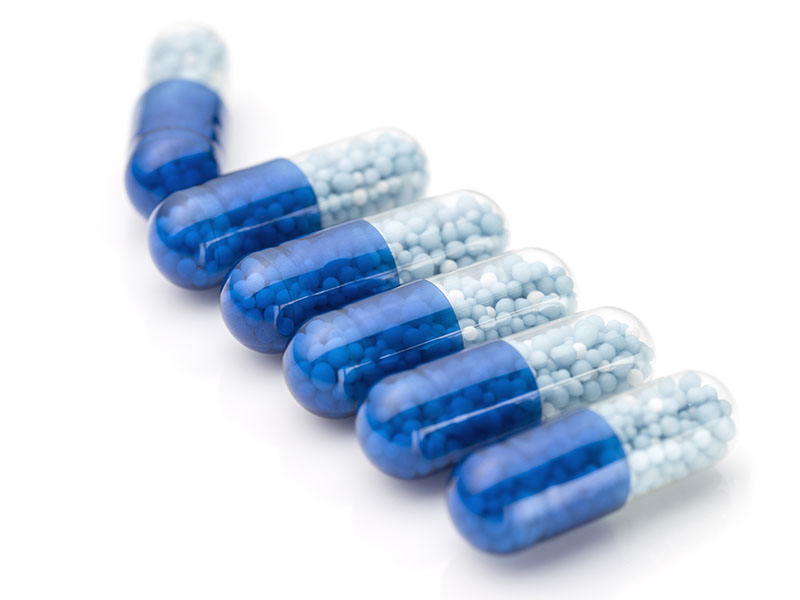
2.5 Taste
Consideration of the site of administration of a solid dosage form is also very important in selecting an appropriate filler. Microcrystalline cellulose and calcium hydrogen phosphate dihydrate are poorly soluble in water, so other excipients should be selected when developing orally disintegrating tablets. The water solubility of fillers is crucial for the rapid dissolution and rapid disintegration of solid dosage forms after exposure to saliva. Secondly, good water solubility can make preparations such as orally disintegrating tablets, chewable tablets and sublingual tablets have a pleasant taste, thereby improving patients’ medication compliance.
Therefore, compared to microcrystalline cellulose and calcium hydrogen phosphate dihydrate, polyols are very suitable for use in solid preparations that disintegrate in the oral cavity. In addition, polyols such as sorbitol and mannitol are energy-free and improve the taste of formulations through their creamy texture, sweetness and cooling sensation. In particular, it should be pointed out that mannitol is especially recommended in the above-mentioned preparations. Its outstanding physical and chemical properties make the preparations produced by the direct compression process have excellent compressibility, rapid dissolution performance and pleasant taste.
3 Conclusion
Therefore, there is no perfect filler and binder in the field of solid preparations. Factors such as the nature of the raw material, the target properties of the preparation, and the cost performance all play an important role in the selection of excipients.






